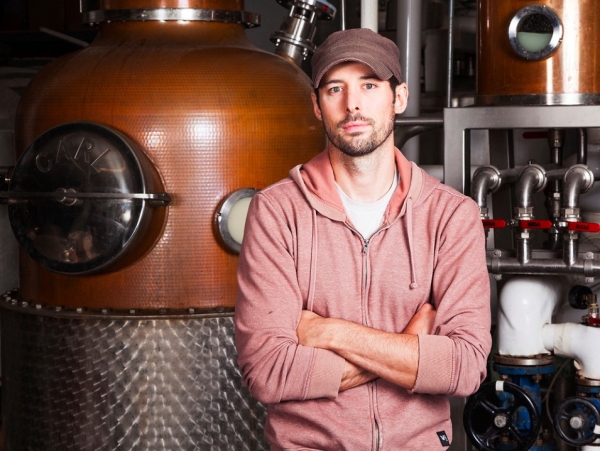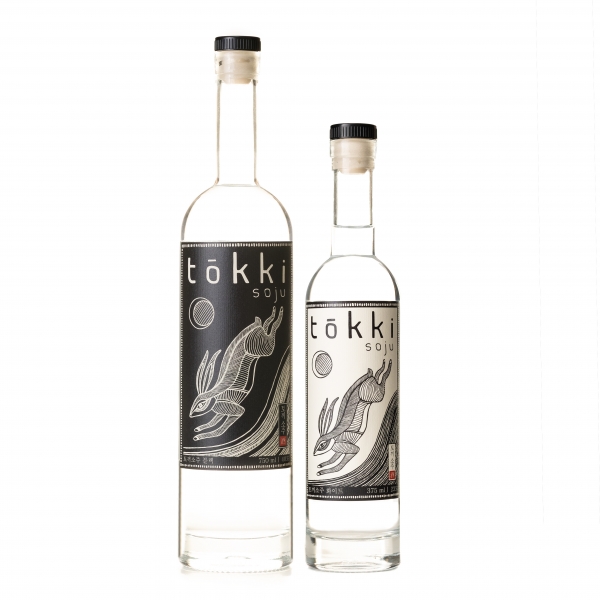To distill soju in a traditional Korean way in Brooklyn was Brandon Hill’s first challenge. Now, he has undertaken a new one in Chungju, Chungcheongbuk Province, where he combines Korean culture with American sensibility by making soju that pleases many tastes. Hill’s first experience of Korean alcohol dates back to his college years.
“The first time I had Korean alcohol was because of my Korean roommate when I was at University of Hawaii,” Hill said. “Since then, I became interested in the Korean traditional method of creating fermented drinks.”

According to Hill, his extraordinary passion for making alcohol was largely influenced by his grandparents. His family had had a tradition of making alcohol, but when his grandparents immigrated to America, they stopped.
“Although we do not make alcohol anymore, I still developed great interest for it. I started making beer when I was a teenager, then making whisky and gin among other beverages in my mid-twenties,” Hill said. “After that, I started getting interested in exotic drinking cultures worldwide, and that’s where Korean came in.”
From late 2010 to 2012, Hill stayed in Korea and learned traditional liquor manufacturing techniques at Kyonggi University's Susubory Academy, developing curiosity about Asian brewing methods.
“As for Korean alcohol, I had never worked with rice before, and the way fermentation happens in Asia is much different to that of Europe and the U.S.,” Hill commented. “The U.S. was more influenced by the UK, where immigrants from Ireland and England brought in their gin and whisky culture. They introduced a brand new fermentation culture.”
Hill also enjoys experimenting to make his own alcohol. When he ran his own brand, Tokki Soju, in Brooklyn, he went all over California to get glutinous rice, or chabssal in Korean, a primary ingredient of soju.
“I wanted to use a Korean type of rice, so I was experimenting with chabssal and maebssal. But I really liked the sweetness and the quality of chabssal better,” Hill said. “That is why I went out to California by the Napa Valley, the largest region where chabssal is cultivated in America.”

The brand label of Tokki Soju, which shows a rabbit going down the mountain, is also worth mentioning since it was made by Hill himself. There is a hidden story behind this label.
“I started the brand myself with some background in art and science. I wanted the tokki, ‘rabbit’ in Korean, to be the reflection of my story in Korea,” Hill said. “In 2011, when I was in Korea, it was the year of the rabbit, and I really liked the fact that Korea was following the lunar culture.”
The most typical soju in Korea is diluted soju, the combination of highly concentrated ethanol and sweetening agents with other additives in water. However, Hill values the craft of making soju using more traditional methods.
“We want Korean alcohol to be respected the same way Japanese saké and western spirits do. We do not want people to just think that alcohol comes only in green bottles in Korea. The country has a beautiful history and fascinating alcohol culture. We want to be able to showcase that to the world on the highest cheer.”

